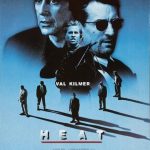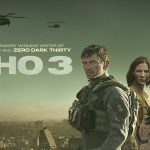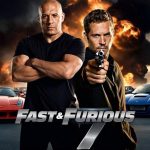𝗧𝗼𝗽 50 𝗕𝗲𝘀𝘁 𝗔𝗰𝘁𝗶𝗼𝗻 𝗧𝗵𝗿𝗶𝗹𝗹𝗲𝗿 𝗙𝗶𝗹𝗺

1. Die Hard (1988)
Die Hard is a landmark action thriller directed by John McTiernan, based on the novel Nothing Lasts Forever by Roderick Thorp. Set during the Christmas season, the film introduces us to John McClane (Bruce Willis), a tough yet relatable New York cop who travels to Los Angeles to reconcile with his wife, Holly (Bonnie Bedelia). However, things take a violent turn when a group of terrorists, led by the charismatic Hans Gruber (Alan Rickman), take over the Nakatomi Plaza building, where Holly works. McClane, who just happens to be in the right place at the wrong time, becomes the only hope for the hostages trapped in the skyscraper.
As the tension builds inside the high-rise, McClane uses his wits, resourcefulness, and relentless determination to take on the terrorists one by one. What follows is a high-stakes battle between an underdog cop and a highly-trained group of criminals, blending heart-pounding action with moments of sharp wit and humor. What makes Die Hard stand out is its unique mix of thrills, intense action sequences, and memorable one-liners, all wrapped around an unconventional Christmas setting.
The film is not just about fight scenes and explosions, though. At its core, Die Hard explores themes of isolation, perseverance, and redemption. McClane’s strained relationship with his wife adds a personal stake to the already dangerous situation, giving viewers a deeper emotional investment in his struggle. The setting inside the Nakatomi Plaza creates a claustrophobic tension, forcing McClane into life-or-death situations that test his limits. With his back against the wall, McClane’s ingenuity and survival instincts shine, as he turns everyday objects into tools for his fight against the terrorists.
Director John McTiernan’s skillful direction, combined with dynamic cinematography by Jan de Bont, ensures that every moment is filled with suspense and excitement. The building becomes more than just a backdrop—it’s almost a character in itself, a labyrinth of rooms and hallways where McClane faces overwhelming odds, yet refuses to back down. The film’s pacing keeps viewers on the edge of their seats, with clever twists, shocking moments, and explosive action that never lets up.
The success of Die Hard wasn’t just a result of its exhilarating action; it was its influence on the genre. It redefined what an action movie could be—focusing not only on spectacle but also on character-driven storytelling. McClane, a vulnerable yet determined hero, became the prototype for many action protagonists that followed. The film also set a new standard for villains, with Alan Rickman’s portrayal of Hans Gruber becoming one of cinema’s most iconic antagonists, blending charm, intelligence, and menace in equal measure.
Die Hard didn’t just break box office records—it became a cultural phenomenon. Despite its Christmas setting, it transcended the holiday genre to become a year-round favorite, often debated as either a Christmas movie or simply one of the best action films of all time. Its blend of heart, humor, and high-octane thrills has cemented its place in cinematic history, and it continues to be a touchstone for both fans and filmmakers alike.
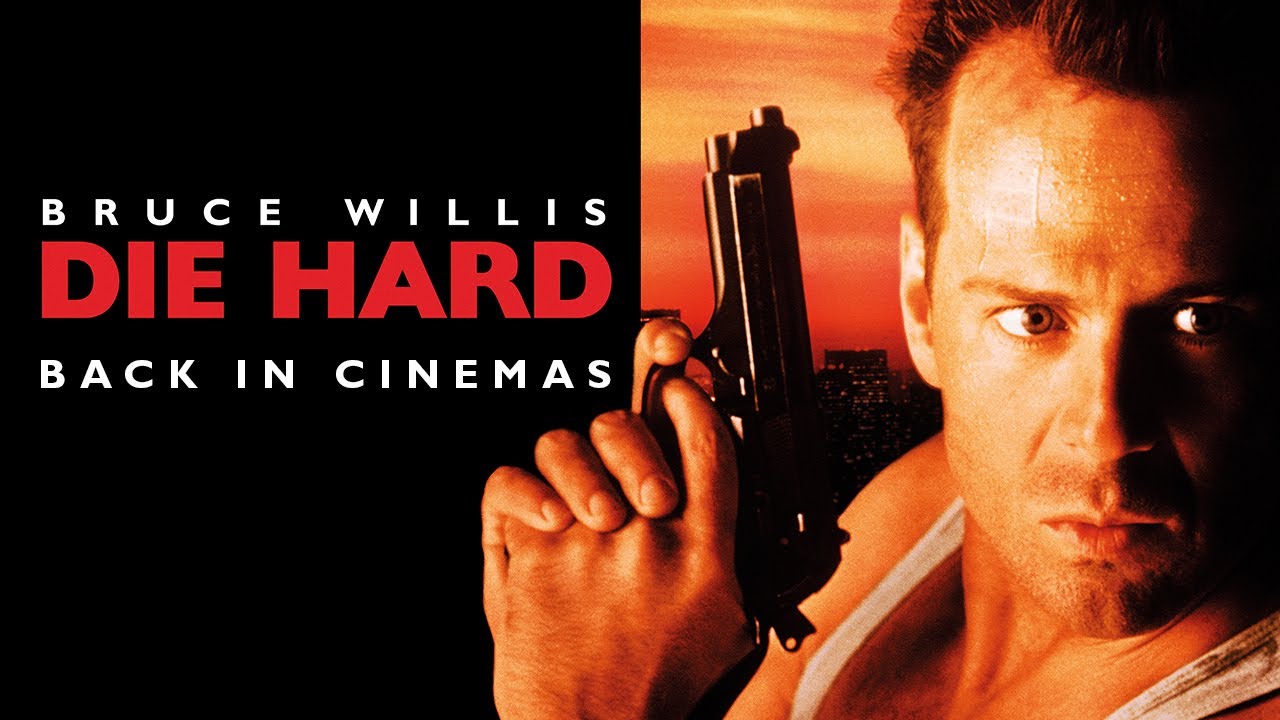
2. Terminator 2: Judgment Day (1991)
Terminator 2: Judgment Day, directed by James Cameron, is a groundbreaking sci-fi action film that blends spectacular visual effects with a compelling narrative, earning its place as one of the greatest films of all time. The sequel to The Terminator (1984), T2 takes the series to new heights with its intense action sequences, innovative technology, and deeper exploration of the human condition.
The story picks up in a dystopian future where machines rule the world, led by Skynet, an artificial intelligence system. In a desperate attempt to secure the future, the humans send a reprogrammed Terminator (Arnold Schwarzenegger) back in time to protect Sarah Connor’s son, John (Edward Furlong), who is destined to become humanity’s savior. At the same time, a more advanced, liquid-metal Terminator (Robert Patrick) is sent to assassinate John, making him the target of a deadly game of cat and mouse across Los Angeles.
As the two Terminators clash in high-octane battles, Sarah Connor (Linda Hamilton), once a victim, becomes a fierce protector of her son, transforming into a battle-hardened warrior determined to prevent the rise of the machines. What sets T2 apart from other action films is its exploration of themes such as fate, free will, and the possibility of redemption, particularly through the character of the Terminator, who begins to develop a sense of humanity over the course of the film.
One of the most iconic aspects of T2 is its visual effects, especially the groundbreaking use of CGI to create the liquid-metal T-1000, which remains a pioneering achievement in film. The T-1000’s shape-shifting abilities were revolutionary for the time, setting a new standard for the genre and inspiring countless other films and franchises. The film’s spectacular set pieces, such as the truck chase and the final confrontation at the steel mill, still stand as some of the most thrilling and well-executed action sequences in cinematic history.
James Cameron’s direction, combined with the powerful performances of Schwarzenegger, Hamilton, and Furlong, makes T2 an unforgettable experience. Schwarzenegger’s portrayal of the Terminator in this film is both menacing and unexpectedly touching, showcasing a character that evolves beyond its original programming. Linda Hamilton’s transformation from a helpless damsel to a fierce warrior is equally remarkable, making Sarah Connor one of the most iconic female action heroes in cinema.
Terminator 2: Judgment Day also delves into complex philosophical questions about technology and its potential to shape or destroy humanity. The film poses the question of whether the future is set or if human choices can change the course of destiny. The idea of artificial intelligence becoming self-aware and seeking to wipe out humanity resonates in the modern age, making the film not only a thrilling ride but also a prescient commentary on our own relationship with technology.

3. The Dark Knight (2008)
The Dark Knight, directed by Christopher Nolan, is a defining masterpiece in the superhero genre, transcending the confines of comic book films to become a cultural and cinematic phenomenon. A direct sequel to Batman Begins (2005), The Dark Knight brings Bruce Wayne (Christian Bale) back to Gotham City as the vigilante Batman, now engaged in an intense battle against the city’s criminal underworld. However, he faces a new foe in the form of the Joker (Heath Ledger), a psychotic anarchist who seeks to plunge Gotham into chaos.
At the heart of The Dark Knight is the clash between order and chaos, embodied in the philosophical and moral battle between Batman and the Joker. The Joker’s unpredictable and nihilistic nature forces Batman to confront the limits of his moral code, pushing him into darker territory and testing his commitment to justice. Throughout the film, Batman’s quest to rid Gotham of crime is met with increasingly difficult moral dilemmas, particularly as the Joker manipulates events to create chaos and force Batman to make impossible choices.
One of the film’s defining features is Heath Ledger’s extraordinary performance as the Joker. Ledger’s portrayal is not just iconic but profoundly unsettling, with his haunting and anarchic interpretation of the character leaving a lasting impact on audiences. His Joker is a master manipulator, a villain who sees himself as a force of chaos, and his unpredictable nature sets him apart from typical film antagonists. Ledger’s performance earned him numerous posthumous awards, including an Academy Award for Best Supporting Actor.
Nolan’s direction is razor-sharp, with a meticulously crafted narrative that delves into themes of heroism, morality, and sacrifice. The action sequences are expertly staged, from the thrilling opening bank heist to the exhilarating Batmobile chase, and the film builds tension with each passing moment. The film’s pacing is relentless, with every scene propelling the story forward toward its tragic conclusion.
The film’s supporting cast is equally exceptional, with Aaron Eckhart playing Harvey Dent, Gotham’s district attorney who falls from grace and transforms into the vengeful Two-Face, embodying the theme of duality that runs throughout the film. Maggie Gyllenhaal takes over the role of Rachel Dawes, Bruce Wayne’s love interest, further enriching the emotional stakes of the film.
The cinematography by Wally Pfister is stunning, with Nolan using IMAX cameras for several sequences, enhancing the visual scope of the film and creating a visceral, immersive experience. The film’s score, composed by Hans Zimmer and James Newton Howard, further amplifies the tension and stakes, adding another layer of intensity to the already gripping narrative.
The Dark Knight stands as not only a critical success but also as a landmark achievement in filmmaking, elevating the superhero genre to new heights and influencing countless films that followed. Its exploration of complex themes, its moral ambiguity, and its brilliant performances make it an enduring classic.
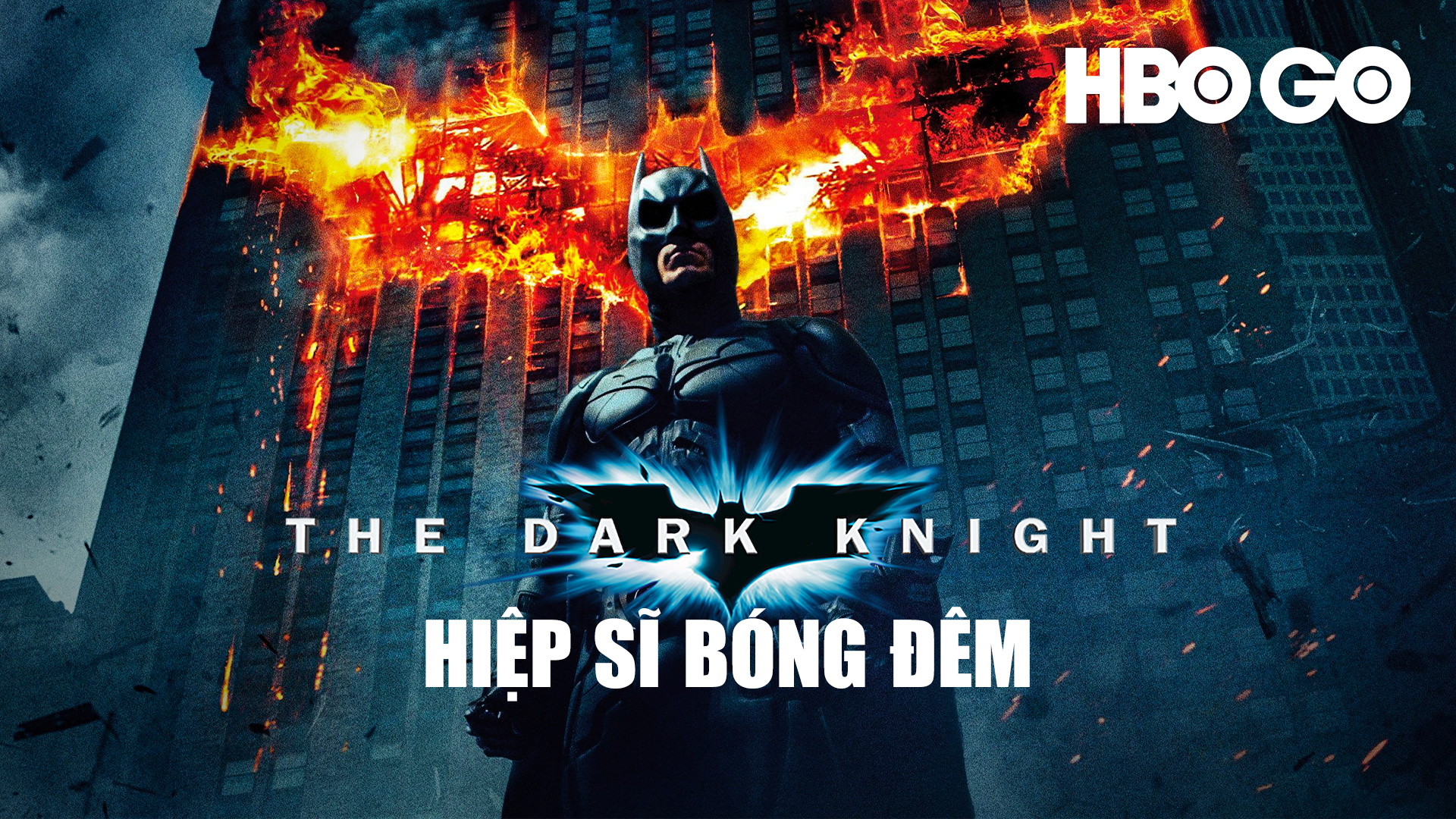
4. Mad Max: Fury Road (2015)
Mad Max: Fury Road, directed by George Miller, is a relentless, high-octane masterpiece that redefined the action genre for the modern era. The fourth installment in the Mad Max franchise, Fury Road is a visually stunning, adrenaline-fueled ride that balances action with deeper thematic explorations of survival, oppression, and freedom. Set in a post-apocalyptic wasteland, the film follows Max Rockatansky (Tom Hardy), a lone drifter and survivor, as he becomes entangled in a war for survival against a tyrannical warlord.
The story is set in a bleak, barren world where resources are scarce, and the few remaining humans are ruled by the ruthless Immortan Joe (Hugh Keays-Byrne), who controls the water supply and uses it to keep his followers in line. Max, captured and turned into a human blood bag for Joe’s war party, finds himself caught up in a rebellion led by Furiosa (Charlize Theron), a former war bride who seeks to escape Immortan Joe’s control and free his enslaved wives.
What sets Mad Max: Fury Road apart is its relentless pacing and the emphasis on practical effects over CGI. The film features some of the most thrilling and jaw-dropping chase sequences ever committed to film, with real vehicles, real explosions, and a real sense of danger. The action is both intense and beautiful, with Miller and his team creating one of the most visually striking films in modern cinema, filled with a kinetic energy that keeps audiences on the edge of their seats.
But Fury Road is not just a visual spectacle; it is also a powerful narrative about resistance, freedom, and the cost of survival. The characters, especially Furiosa, are given depth and complexity despite the film’s action-heavy nature. Theron’s performance as the determined, resourceful Furiosa stands as one of the best of her career, showcasing a strong female lead in a genre that has often been dominated by men. Tom Hardy’s portrayal of Max is equally compelling, with a character who is more a symbol of survival and redemption than a traditional hero.
The film’s world-building is another highlight, with its post-apocalyptic desert landscape, bizarre characters, and grotesque vehicles all contributing to an atmosphere of chaos and desperation. The production design is meticulous, creating a world that feels both insane and hauntingly real. The design of Immortan Joe’s fortress, the Citadel, and the war rigs are unforgettable, capturing the madness of this dystopian future.
The cinematography by John Seale is breathtaking, using wide shots and close-ups to create a visceral, immersive experience. The color palette is bold, with fiery oranges and reds contrasting against the desolate blues and whites, making the visuals feel almost like a moving painting. The film’s soundtrack, composed by Junkie XL, complements the action, with its heavy, pulse-pounding beats driving the relentless pace of the film.
Mad Max: Fury Road is an action film that not only delivers a visceral experience but also leaves a lasting emotional impact. It explores themes of survival, freedom, and redemption while challenging traditional gender roles and storytelling in the genre. The film’s success both critically and commercially reaffirms its place as one of the greatest action films of the 21st century and a modern classic that continues to influence filmmakers today.
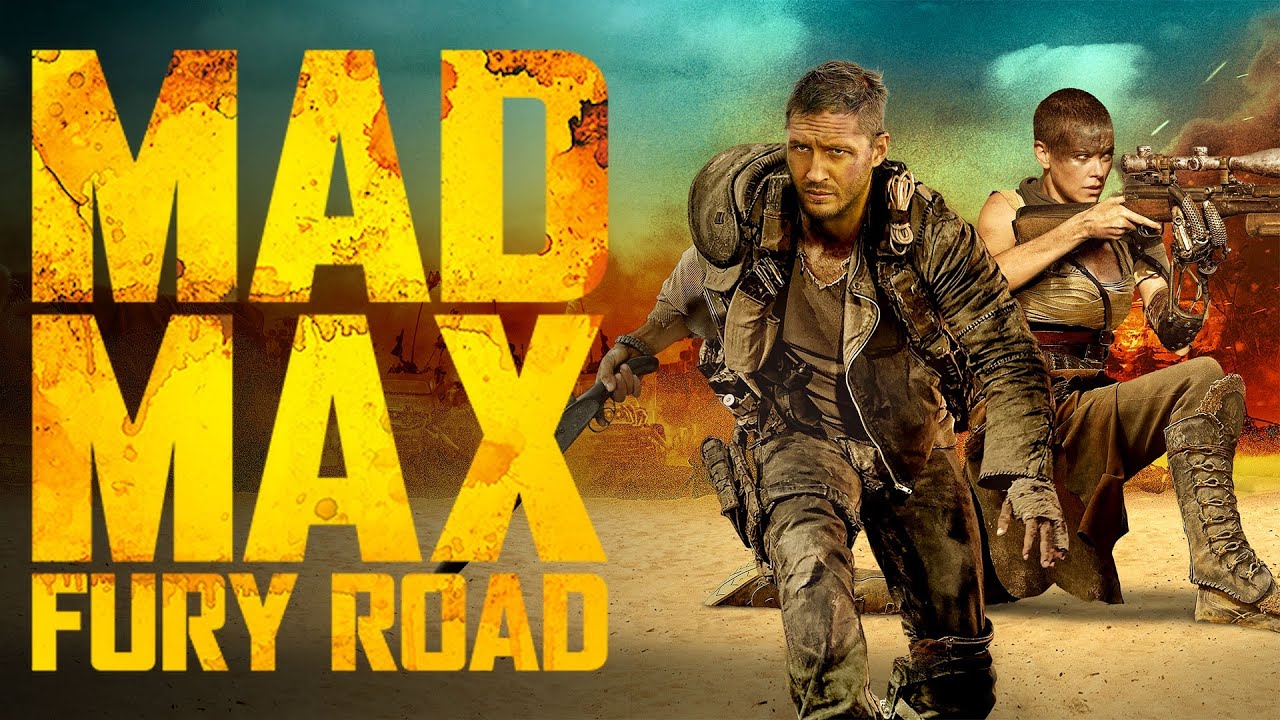
5. John Wick (2014)
John Wick (2014), directed by Chad Stahelski, is a stylish and brutal action thriller that revitalized the action genre with its intense choreography, slick visuals, and a simple yet captivating story of revenge. The film stars Keanu Reeves in the title role as John Wick, a retired hitman who comes out of retirement after a tragic series of events. After the death of his wife, John is left to grieve, but his world is thrown into chaos when a group of Russian gangsters, led by Iosef Tarasov (Alfie Allen), steal his beloved car and kill his dog, a final gift from his late wife.
This sets off a chain reaction of events that lead John back into the world he left behind, seeking vengeance against the people who wronged him. What follows is a relentless, stylish, and expertly choreographed series of action sequences, with John methodically taking down anyone who stands in his way, all while demonstrating a deep sense of loyalty and honor.
The film is renowned for its unique and highly stylized action scenes. The gunplay is smooth, precise, and fluid, with Reeves performing many of his own stunts, enhancing the authenticity of the action. The choreography of the fight scenes is deliberate and creative, making each action sequence feel like a dance of death. The “gun-fu” style of combat became a hallmark of the franchise and inspired a new wave of action films that emphasized practicality and precision over chaotic, quick-cut editing.
In addition to its exceptional action, John Wick is also notable for its world-building. The film introduces a secret society of assassins with their own set of rules and codes of conduct. This underworld is filled with colorful characters, such as the Continental Hotel, a neutral ground where no “business” is allowed to take place, and Winston (Ian McShane), the enigmatic and charismatic owner of the hotel. The sense of an expansive, hidden world adds an intriguing layer to the story and sets the stage for future films in the series.
Keanu Reeves’s performance as John Wick is nothing short of iconic. His portrayal of the stoic, determined, and highly skilled assassin resonates with audiences, making John Wick one of the most memorable action heroes of modern cinema. Reeves’s ability to convey emotion with minimal dialogue, combined with his impeccable physicality in the action scenes, cements his place as a true action star.
The film’s minimalistic storytelling and stripped-down dialogue allow for a focus on the action, but it’s the emotional core of the story that makes it resonate with viewers. At its heart, John Wick is a story about grief, loss, and vengeance. John is a man who has lost everything, and the pursuit of justice for the murder of his dog becomes his path to redemption. His journey is one of both physical and emotional catharsis, and it’s this emotional depth that elevates John Wick from a simple revenge thriller to a lasting action classic.
The film’s success led to the creation of a multi-film franchise, with John Wick spawning sequels that expanded on its universe, deepening the lore and raising the stakes of Wick’s world. But it all began with this first film, a surprising and refreshing take on the revenge genre that showed audiences how to blend great action with emotional resonance.
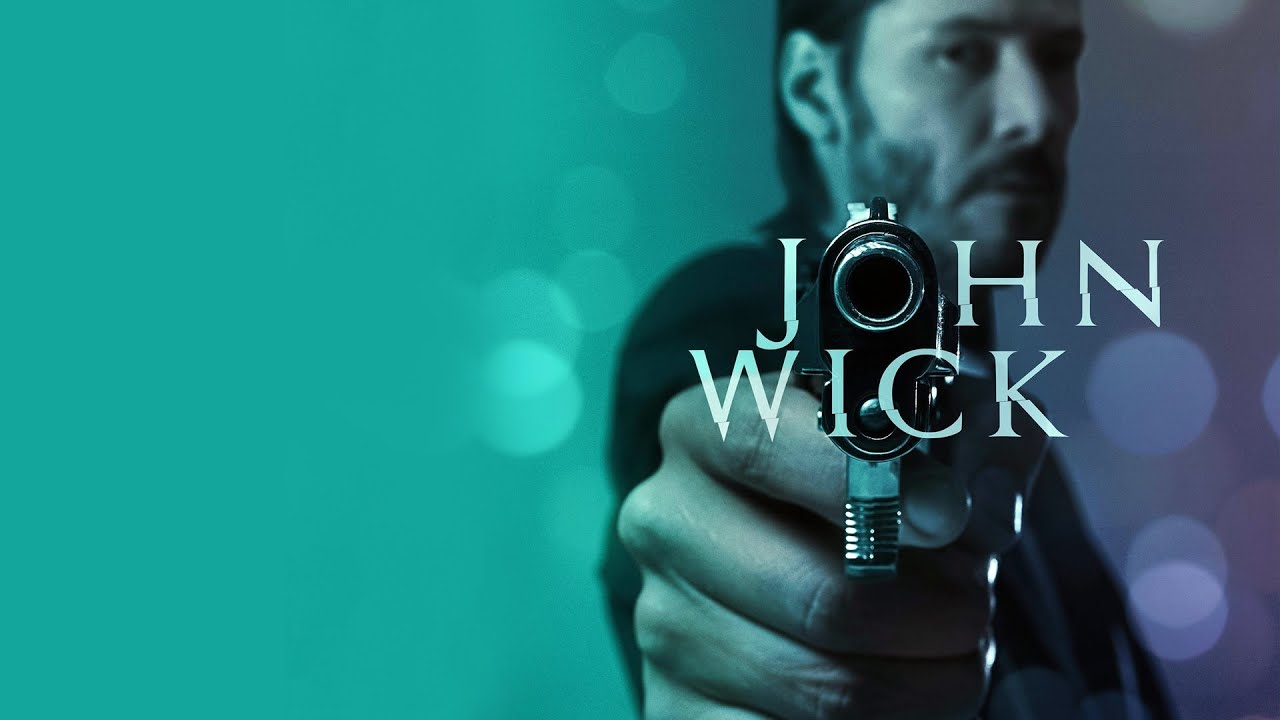
6. Mission: Impossible – Fallout (2018)
Mission: Impossible – Fallout (2018), directed by Christopher McQuarrie, is the sixth installment in the Mission: Impossible series and arguably the most thrilling and action-packed entry to date. Tom Cruise returns as Ethan Hunt, the highly skilled IMF agent who must confront his past choices and face the consequences of his actions. The film delivers an intense, high-stakes mission that pushes Ethan and his team to their limits.
The plot centers around Ethan Hunt and his team as they try to recover stolen plutonium, which has fallen into the hands of a shadowy group of terrorists known as the Apostles. With the stakes higher than ever, Hunt finds himself caught in a web of betrayals, both within his own agency and among the terrorist organization. As the IMF team races against time to prevent a global catastrophe, Ethan must also grapple with the return of his old adversary, Solomon Lane (Sean Harris), and the personal ramifications of his decisions, particularly his relationship with former agent Ilsa Faust (Rebecca Ferguson).
The film’s hallmark is its jaw-dropping action sequences, many of which are practical and performed by Cruise himself, emphasizing the franchise’s commitment to real stunts over CGI. From a heart-pounding helicopter chase to a meticulously staged rooftop leap, Fallout showcases some of the most daring and beautifully choreographed action scenes in recent memory. One of the most iconic moments in the film is the infamous HALO jump, which required Cruise to jump from an aircraft at 25,000 feet without a stunt double, giving audiences a visceral sense of realism and thrill.
The tension throughout Mission: Impossible – Fallout is palpable, as the story constantly keeps the audience on edge, with multiple plot twists and betrayals. The film explores themes of loyalty, trust, and sacrifice, while showcasing the complex relationships between its characters. Ethan Hunt, always a man of action, is forced to confront the moral dilemmas of his job and the toll it takes on his personal life, especially with the return of his former lover, Ilsa, and the mounting pressure from the CIA and his own team to succeed.
The film’s cast is stellar, with Tom Cruise delivering yet another memorable performance as Ethan Hunt. His commitment to performing his own stunts adds a layer of authenticity and energy to the film, making every action sequence feel real and immediate. The returning cast, including Simon Pegg as Benji Dunn, Ving Rhames as Luther Stickell, and Jeremy Renner as William Brandt, bring their A-game, while newcomers like Henry Cavill as August Walker and Vanessa Kirby as the enigmatic White Widow further elevate the film’s intrigue and intensity.
Christopher McQuarrie, who previously directed Rogue Nation (2015), proves once again that he has mastered the art of blending action with suspense, creating a tight, fast-paced narrative that never lets up. The film’s editing and pacing ensure that there is never a dull moment, with each scene meticulously crafted to build on the last, escalating the tension to a fever pitch by the film’s conclusion.
The soundtrack, composed by Lorne Balfe, complements the film’s high-octane action perfectly, with its pulsating beats and intense themes enhancing the sense of urgency and danger that permeates the entire movie. The visual style, combined with the immersive sound design, makes Mission: Impossible – Fallout a cinematic experience that’s hard to forget.
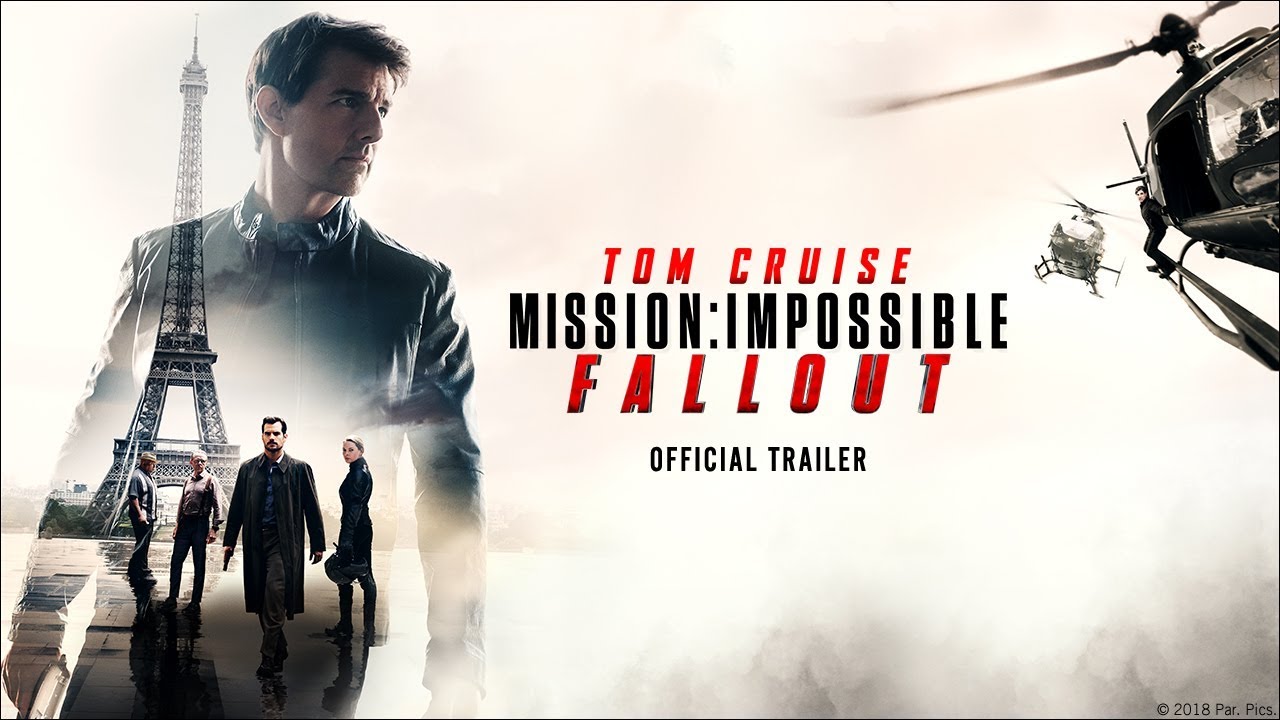
7. The Raid: Redemption (2011)
The Raid: Redemption (2011), directed by Gareth Evans, is a high-octane martial arts action film that redefined the genre and became an instant classic for action movie enthusiasts worldwide. Set in the heart of Jakarta, Indonesia, the film follows a special forces team as they attempt to raid a 15-story apartment block, only to find themselves trapped inside a building controlled by a ruthless crime lord and his army of thugs.
The story is straightforward but filled with tension and intensity. The main protagonist, Rama (Iko Uwais), is a rookie cop who, along with his fellow officers, is tasked with infiltrating the building and taking down the drug lord, Tama Riyadi (Ray Sahetapy). However, things go awry when the team is ambushed, and Rama finds himself fighting for survival. The film takes place almost entirely within the confines of the building, where each floor presents new dangers, foes, and opportunities for brutal combat. As Rama battles his way through a slew of enemies, he must also confront his own personal demons and the deep corruption within his department.
What sets The Raid: Redemption apart from other action films is its emphasis on real, visceral martial arts choreography, primarily showcasing the Indonesian fighting style known as Pencak Silat. The fight scenes are expertly choreographed and filmed with an intense focus on realism, with minimal reliance on CGI or wire work. The film’s director, Gareth Evans, created a brutal, fast-paced narrative where the combat feels raw, relentless, and exhausting. Each fight sequence in The Raid is meticulously crafted, with precise, hard-hitting moves that leave the audience breathless.
The film’s pacing is relentless, with no shortage of action from start to finish. Whether it’s a knife fight in an apartment, a brutal hand-to-hand brawl in a narrow hallway, or a tense standoff in a darkened room, The Raid delivers some of the most unforgettable combat scenes ever filmed. The stakes are constantly raised as Rama fights not only to stay alive but to protect his fellow officers and stop the criminal syndicate.
Iko Uwais, who portrays the lead character Rama, became an international sensation due to his impressive martial arts skills and intense performance. His physicality in the fight scenes is extraordinary, and his dedication to performing his own stunts gives the film an added sense of authenticity. The rest of the cast, including Joe Taslim and Donny Alamsyah, also bring powerful performances, but it is the action that takes center stage in The Raid: Redemption.
Gareth Evans’ direction is sharp and focused, ensuring that each action sequence builds on the last in terms of intensity and stakes. His use of tight spaces and close-quarters combat gives the film an almost claustrophobic feeling, heightening the tension and making every punch, kick, and weapon strike feel more significant.
The Raid: Redemption is also notable for its minimalistic approach to storytelling. The film avoids unnecessary subplots or extraneous dialogue, focusing almost entirely on the action. While this might leave some viewers yearning for more character development, the film more than makes up for it with its gripping combat sequences and unrelenting pace. It’s an experience designed for action fans, showcasing the very best in martial arts choreography and filmmaking.

8. Skyfall (2012)
Skyfall (2012), directed by Sam Mendes, is the 23rd installment in the James Bond franchise and marks Daniel Craig’s third outing as the iconic British spy. The film explores Bond’s past and his relationship with MI6 as he is pushed to confront both personal demons and a new wave of global threats. When MI6 is attacked, its secrets exposed, Bond must track down the person responsible—Raoul Silva (Javier Bardem), a former MI6 agent with a personal vendetta against M.
As Bond struggles to regain the trust of his superiors, he uncovers a deep conspiracy that threatens the safety of the nation. The film explores Bond’s vulnerabilities and his return to his roots, while delving into themes of loyalty, betrayal, and redemption. With its stunning visuals, gripping storyline, and memorable performances, Skyfall was widely praised as one of the best Bond films to date, combining emotional depth with exhilarating action.
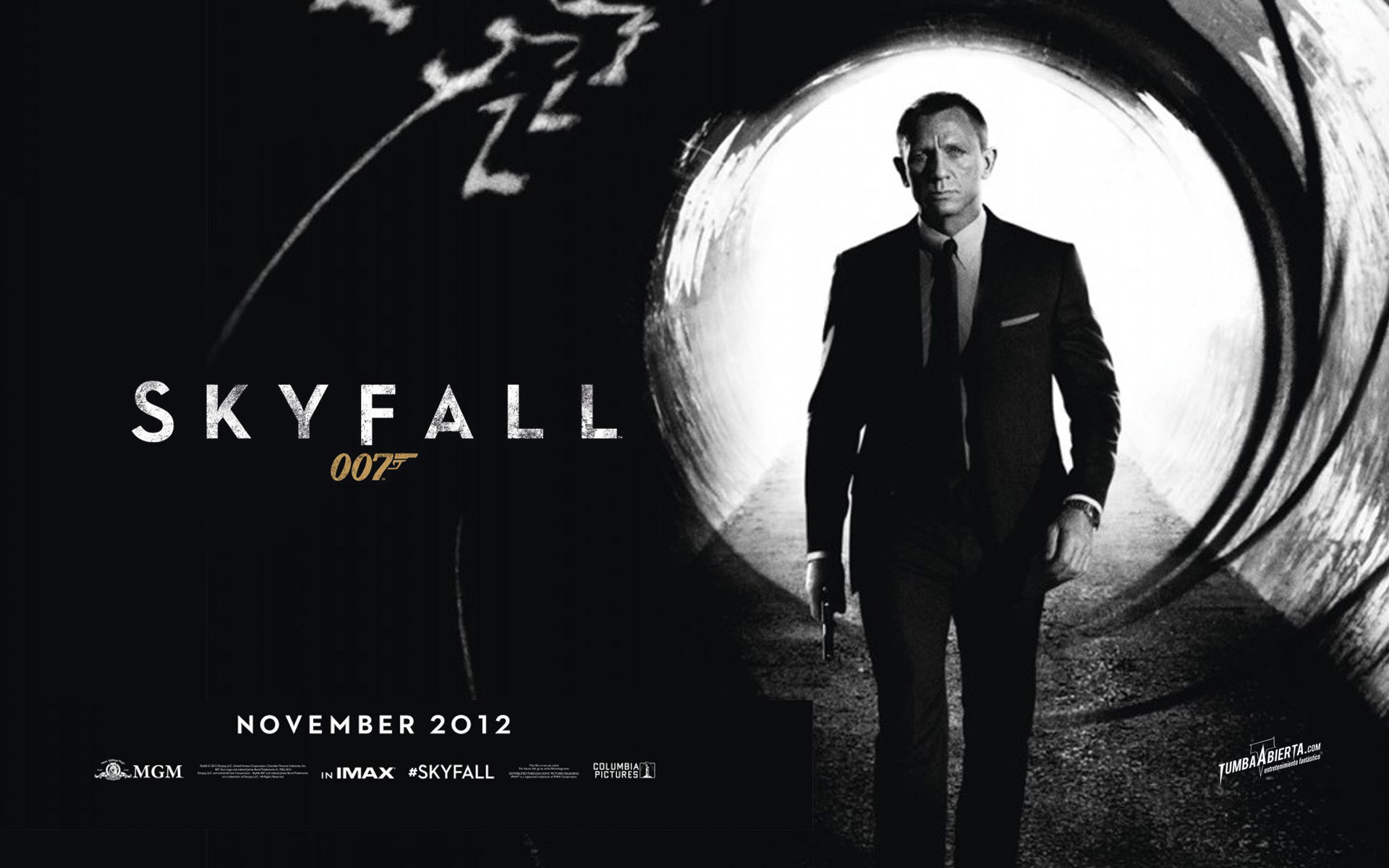
9. No Time to Die (2021)
No Time to Die (2021), directed by Cary Joji Fukunaga, is the 25th installment in the legendary James Bond franchise and marks Daniel Craig’s final appearance as the iconic British spy. After the events of Spectre (2015), Bond has retired from active service and is living a quiet life in Jamaica. However, his peace is short-lived when his old CIA friend, Felix Leiter (Jeffrey Wright), recruits him for a mission to rescue a kidnapped scientist.
Bond soon discovers that the scientist is involved in a sinister plot involving a dangerous new technology that could threaten the world. The film introduces the villain Safin (Rami Malek), whose nefarious plans are tied to the development of a devastating bioweapon, creating a personal and global threat. As the story unfolds, Bond is forced to confront his past, the legacy of MI6, and his complicated relationship with Vesper Lynd (Eva Green) through the reappearance of Madeleine Swann (Lea Seydoux).
With breathtaking action sequences, stunning visuals, and high-octane thrills, No Time to Die serves as both a conclusion to Craig’s Bond arc and an exploration of the changing landscape of espionage. The film combines emotional depth, explosive action, and memorable characters, leaving a lasting impact on the Bond franchise.
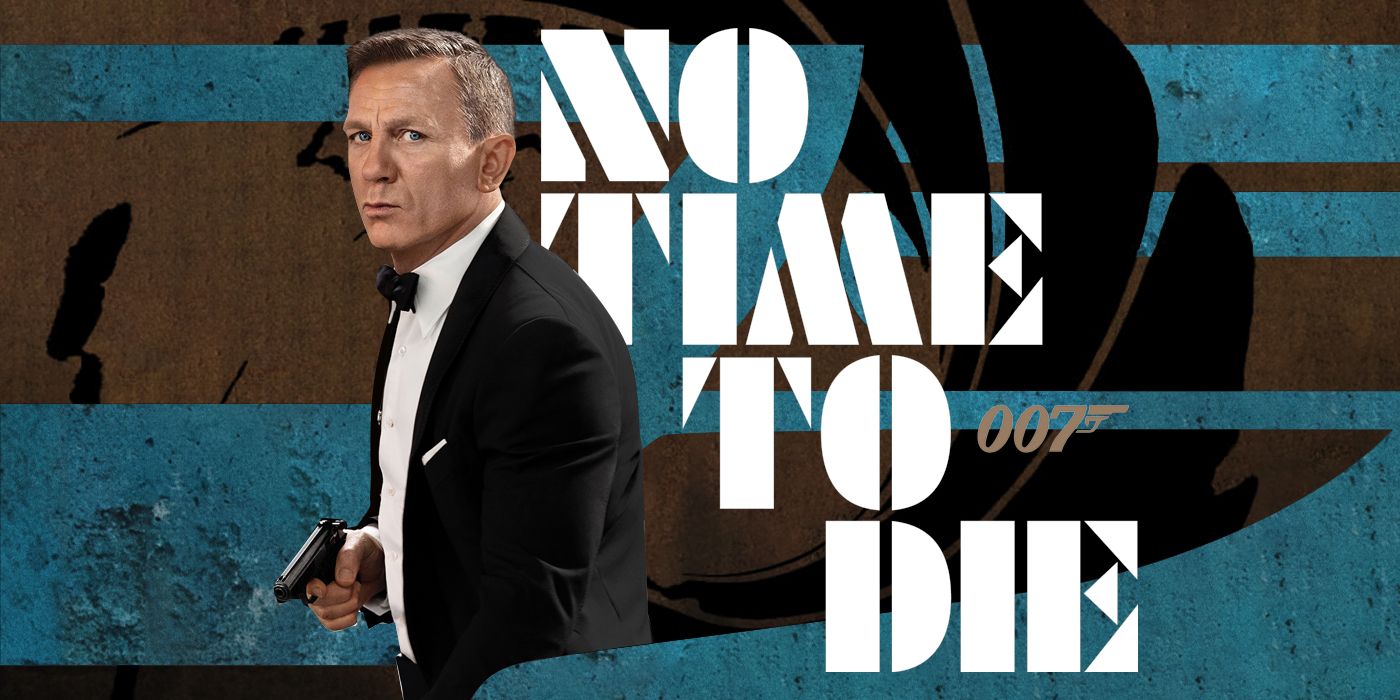
10.Extraction (2020)
Extraction (2020), directed by Sam Hargrave, is a high-octane action film that follows Tyler Rake (Chris Hemsworth), a black ops mercenary who embarks on a mission to rescue the kidnapped son of an international crime lord. However, as the mission unfolds, things take a dangerous turn, and Rake finds himself caught in a deadly web of betrayal, violence, and moral conflict. In an unforgiving world of criminals and corruption, Rake must navigate treacherous terrain to protect his young charge and survive long enough to escape alive.
The film is known for its intense action sequences, including a remarkable 12-minute unbroken fight scene. With its focus on combat and survival, Extraction brings a raw and gritty portrayal of a mercenary’s dangerous world. Chris Hemsworth’s performance adds a layer of emotional depth to his character, showcasing the internal struggles and resilience of a man hardened by loss and violence. Extraction is a fast-paced, gripping film that keeps viewers on the edge of their seats with its relentless action and relentless pursuit of survival.

11. Heat (1995)
Heat (1995), directed by Michael Mann, is a masterful crime thriller that explores the lives of both law enforcement officers and seasoned criminals. The film centers around Neil McCauley (Robert De Niro), a highly skilled professional thief, and Vincent Hanna (Al Pacino), an obsessive and relentless LAPD detective. As the two men become entangled in a game of cat and mouse, the stakes grow higher, and both men are forced to confront their personal demons while balancing their professional duties.
Set against the backdrop of Los Angeles, Heat is known for its sophisticated storytelling, intricate plot, and outstanding performances by the lead actors. The film delves deep into the psychology of both the criminals and the law enforcers, exploring themes of loyalty, honor, and the personal costs of living a life of crime. One of the film’s most iconic moments is the intense gunfight that takes place in the streets of Los Angeles, a sequence that has become a hallmark of modern action cinema.
Heat is often regarded as one of the greatest films in the crime genre, thanks to its sharp dialogue, expertly crafted tension, and its portrayal of two men locked in a battle of wills that leads to an inevitable, tragic conclusion.

12. Gladiator (2000)
Gladiator (2000), directed by Ridley Scott, is an epic historical drama set in ancient Rome. The film follows Maximus Decimus Meridius (Russell Crowe), a loyal general in the Roman army who is betrayed by Commodus (Joaquin Phoenix), the corrupt son of Emperor Marcus Aurelius. After losing his family and his position, Maximus is sold into slavery and forced to fight as a gladiator. As he rises through the ranks of the gladiatorial arena, he seeks revenge against Commodus and aims to bring justice to the empire.
Gladiator blends action, drama, and historical fiction, offering a captivating narrative about loyalty, revenge, and redemption. The film is lauded for its breathtaking action sequences, stunning visuals, and powerful performances, particularly from Crowe, who won an Academy Award for Best Actor for his portrayal of Maximus. The movie also features an exceptional score by Hans Zimmer and memorable supporting performances from actors like Connie Nielsen, Oliver Reed, and Richard Harris.
Gladiator not only won five Academy Awards, including Best Picture, but also solidified its place as a classic in the epic film genre, influencing many films in its wake with its sweeping visuals and emotional depth.
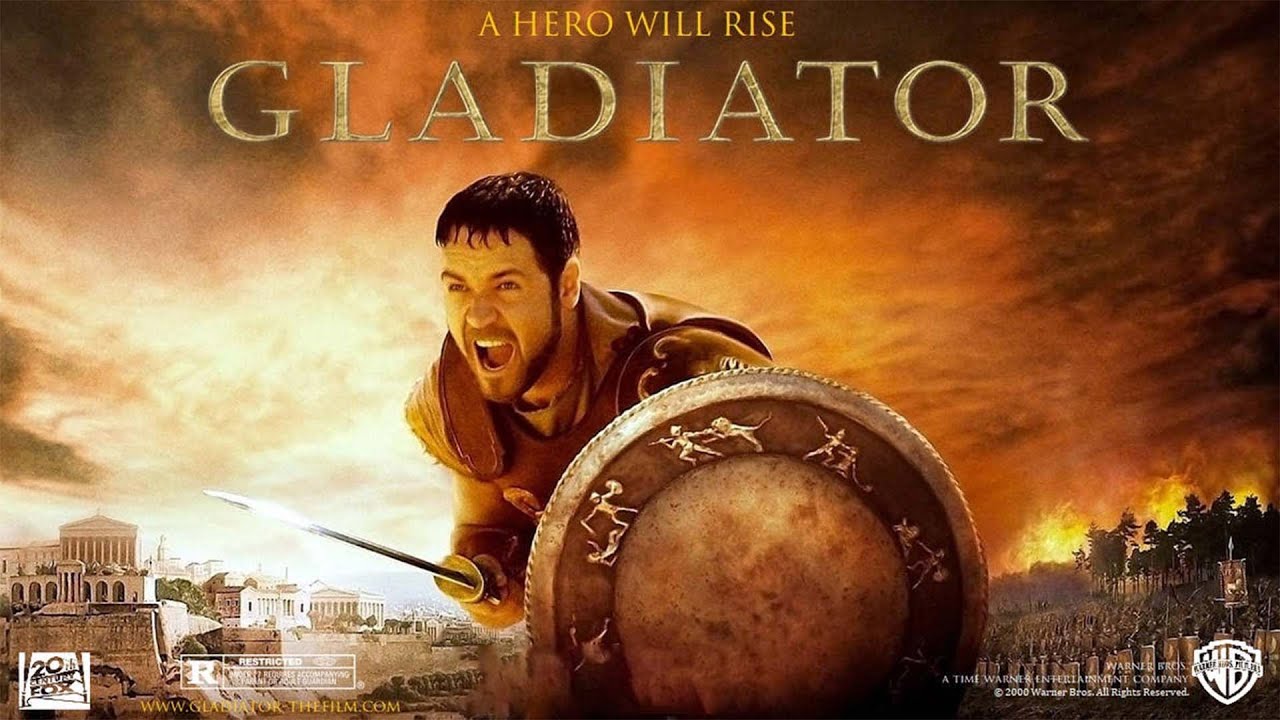
13. Casino Royale (2006)
Casino Royale (2006), directed by Martin Campbell, reboots the James Bond franchise with Daniel Craig’s debut as the iconic British spy. The film follows Bond’s first mission as a 00 agent, where he is tasked with stopping a high-stakes poker game at the Casino Royale in Montenegro. The poker game, hosted by the villainous Le Chiffre (Mads Mikkelsen), is part of a larger plan to stop his financial losses from terrorist financing. As Bond navigates dangerous alliances and deadly confrontations, he faces the challenges of dealing with his emerging vulnerabilities while forming a complex relationship with Vesper Lynd (Eva Green), the MI6 treasury official assigned to the mission.
Casino Royale reinvents the Bond character, emphasizing a more human and emotionally complex portrayal of 007, while maintaining the thrilling action sequences and espionage intrigue that the franchise is known for. The film received widespread critical acclaim for its darker tone, breathtaking action, and intense performances, particularly Craig’s gritty and more grounded interpretation of Bond. It revitalized the series for a new generation and set the tone for the future direction of the franchise.

14. Inception (2010)
Inception (2010), directed by Christopher Nolan, is a mind-bending sci-fi thriller that explores the boundaries of dreams and reality. The film follows Dom Cobb (Leonardo DiCaprio), a skilled “extractor” who enters people’s dreams to steal their secrets from their subconscious. Cobb is offered a chance to have his past crimes erased if he can successfully perform “inception”—the planting of an idea into someone’s mind without them realizing it. To accomplish this, he assembles a team of specialists, including Arthur (Joseph Gordon-Levitt), Ariadne (Elliot Page), Eames (Tom Hardy), and Yusuf (Dileep Rao), and together they embark on a high-stakes mission inside a dream within a dream.
As Cobb faces deep personal struggles tied to his late wife, Mal (Marion Cotillard), the line between what is real and what is a dream begins to blur, leading to intense action sequences and a race against time to complete the mission. Inception is celebrated for its innovative visual effects, complex narrative structure, and exploration of themes like memory, guilt, and the nature of reality.

15. The Bourne Ultimatum (2007)
The Bourne Ultimatum (2007), directed by Paul Greengrass, is the thrilling third installment of the Bourne series, based on Robert Ludlum’s novels. This action-packed spy film follows Jason Bourne (Matt Damon), a highly skilled former CIA operative suffering from amnesia as he continues his search for answers regarding his mysterious past. Bourne finds himself pursued by both the CIA and an international conspiracy while attempting to uncover the truth about the secretive Operation Treadstone that turned him into a deadly assassin.
As Bourne races across Europe and beyond, the film explores themes of identity, betrayal, and the moral consequences of government covert operations. With fast-paced action, gritty hand-to-hand combat, and tense chase sequences, The Bourne Ultimatum is both a continuation of Bourne’s quest for redemption and a culmination of the series’ action and suspense.
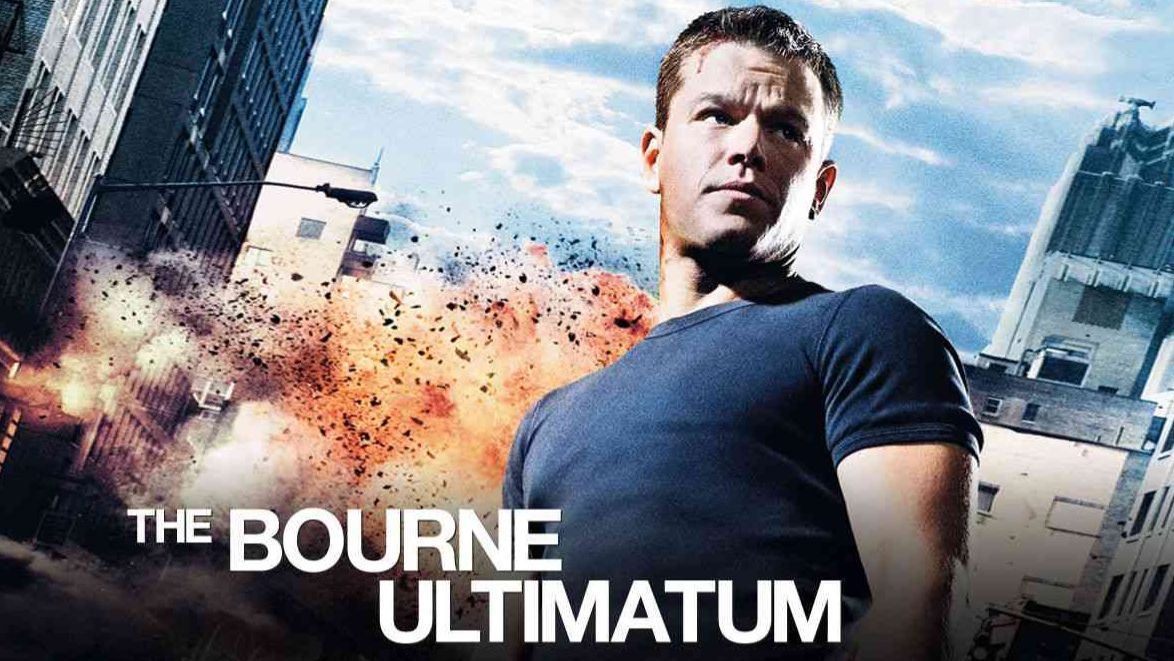
16. The Equalizer (2014)
The Equalizer (2014), directed by Antoine Fuqua, is an action-packed thriller that stars Denzel Washington as Robert McCall, a former black-ops operative who has faked his own death to live a quiet life in Boston. However, when he encounters a young woman named Teri (Chloë Grace Moretz) who is being ruthlessly abused by Russian gangsters, McCall is drawn back into the world he thought he left behind. Determined to help her, McCall uses his unique set of skills to take down those who exploit the vulnerable.
The film blends intense action sequences with a deep moral core, as McCall seeks justice for those unable to defend themselves. The Equalizer is both a brutal and emotional tale of redemption, with Washington delivering a commanding performance as the avenging protagonist.

17. Léon: The Professional (1994)
Léon: The Professional (1994), directed by Luc Besson, is a gripping action drama that follows the unusual relationship between a professional hitman, Léon (Jean Reno), and a young girl named Mathilda (Natalie Portman), who becomes his unlikely apprentice after her family is murdered by corrupt DEA agents. As Léon teaches Mathilda the deadly skills of his trade, the two form a bond that transcends the violence surrounding them.
Léon, a solitary and emotionally distant assassin, is thrust into the role of protector and mentor, while Mathilda seeks revenge for the death of her family. The film combines elements of action, drama, and psychological tension, with powerful performances from both leads. Portman’s portrayal of Mathilda earned her widespread acclaim, marking her as a breakout talent.
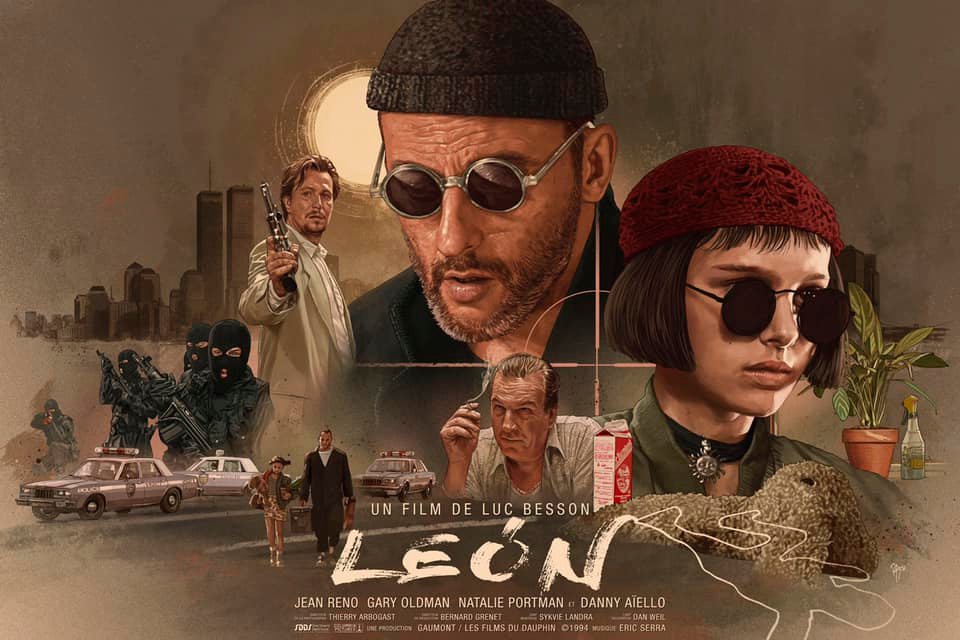
18. Sicario (2015)
19. Atomic Blonde (2017)
20. Taken (2008)
21. Collateral (2004)
22. The Rock (1996)
23. Man on Fire (2004)
24. The Fugitive (1993)
25. Speed (1994)
26. Ronin (1998)
27. Blade (1998)
28. Face/Off (1997)
29. The Killer (1989)
30. Hard Boiled (1992)
31. Oldboy (2003)
32. The Bourne Identity (2002)
33. Bad Boys II (2003)
34. Edge of Tomorrow (2014)
35. The Dark Knight Rises (2012)
36. John Wick: Chapter 2 (2017)
37. Olympus Has Fallen (2013)
38. Dredd (2012)
39. The Man from U.N.C.L.E. (2015)
40. Non-Stop (2014)
41. Den of Thieves (2018)
42. War (2019)
43. Black Panther (2018)
44. The Raid 2 (2014)
45. Upgrade (2018)
46. Angel Has Fallen (2019)
47. Nobody (2021)
48. Unstoppable (2010)
49. Bullet Train (2022)
50. 13 Hours: The Secret Soldiers of Benghazi (2016)
